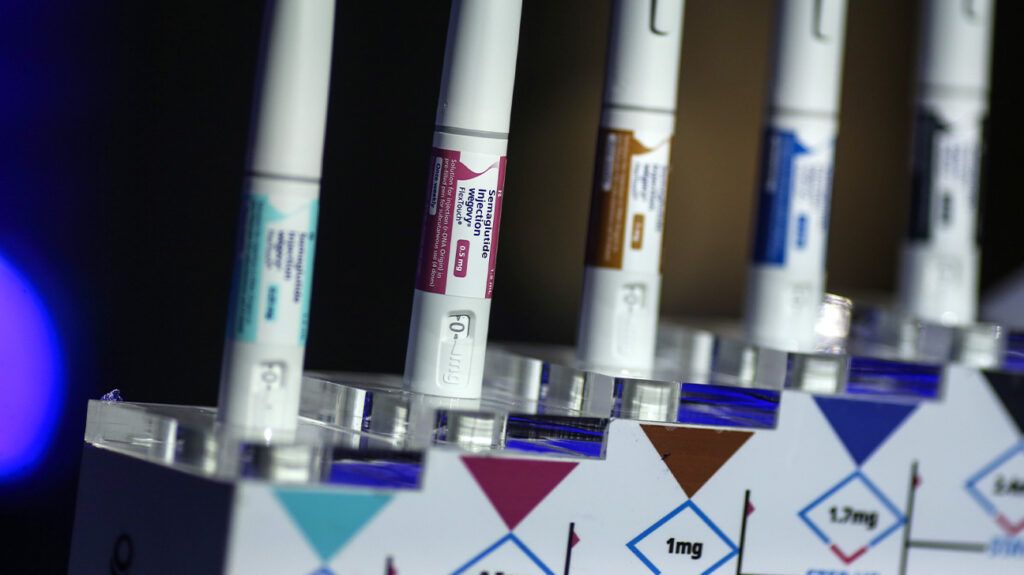How Psychedelics and Non-Hallucinogenic Analogs Interact with the Brain Receptor

New research uncovers how both psychedelic and non-hallucinogenic compounds activate the same brain receptor to promote neuroplasticity and antidepressant effects, offering hope for safer mental health therapies.
Understanding the mechanisms by which psychedelics influence brain connectivity is crucial for developing targeted treatments for neurodegenerative and neuropsychiatric disorders. Recent research has shed light on how both hallucinogenic psychedelics and their non-hallucinogenic counterparts activate similar biochemical pathways to promote neuroplasticity.
A study conducted by UC Davis researchers compared the effects of the hallucinogenic compound 5-MeO-DMT and its non-hallucinogenic analog, tabernanthalog (TBG). The findings reveal that both drugs stimulate the same receptor in the brain—the serotonin 2A receptor (5-HT2A)—which triggers downstream activation of critical proteins such as TrkB, mTOR, and AMPA, all involved in neuroplasticity.
Remarkably, TBG promotes neuroplasticity without causing the glutamate surges or activating immediate early genes that are typically associated with psychedelics’ hallucinogenic effects. This challenges previous beliefs that these gene activations were essential for neuroplasticity promotion. Instead, the research shows that partial activation of the receptor (partial agonism) by TBG is sufficient to induce beneficial plasticity changes.
Furthermore, the study provides evidence of a direct link between neuroplasticity and antidepressant effects. When researchers used laser techniques to erase the dendritic spines—tiny structures on brain neurons that grow following TBG administration—the antidepressant effects disappeared. This suggests that neuroplasticity, specifically the growth of dendritic spines in the prefrontal cortex, underpins the sustained antidepressant benefits of these compounds.
While both 5-MeO-DMT and TBG activate similar pathways, there are notable differences. Unlike 5-MeO-DMT, TBG does not cause glutamate bursts or gene activation associated with hallucinations, indicating that these processes may be more related to psychedelic experiences rather than therapeutic neuroplasticity.
This research opens new avenues for developing psychedelic-inspired therapies that maximize mental health benefits without hallucinogenic effects, highlighting the potential for safer, more targeted neuropsychiatric treatments.
Stay Updated with Mia's Feed
Get the latest health & wellness insights delivered straight to your inbox.
Related Articles
Muscle Loss from GLP-1 Drugs Like Ozempic May Be Less Severe Than Previously Thought
Emerging research indicates that muscle loss associated with GLP-1 drugs like Ozempic may be less significant than previously estimated, with implications for patient safety and long-term use.
The Role of Lymphatic Endothelial Cells in Immune Memory Formation
New research reveals how lymphatic endothelial cells contribute to immune memory by storing pathogen antigens through a specific genetic program, opening new avenues for vaccine development and immunotherapy.
West Coast States Establish Their Own COVID, Flu, and RSV Vaccination Guidelines
California, Hawaii, Oregon, and Washington have issued new vaccine guidance, promoting broader COVID, flu, and RSV vaccination efforts aligned with scientific evidence, challenging federal CDC recommendations.



